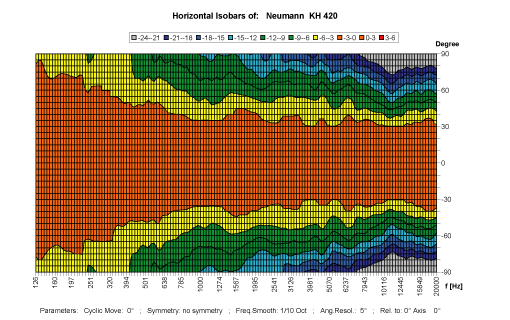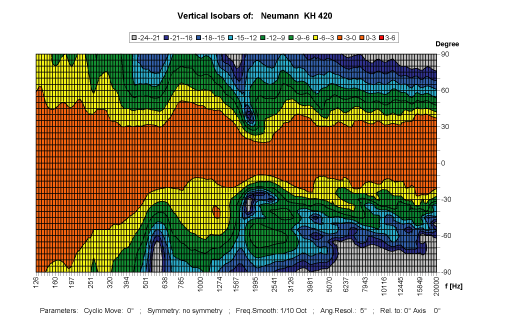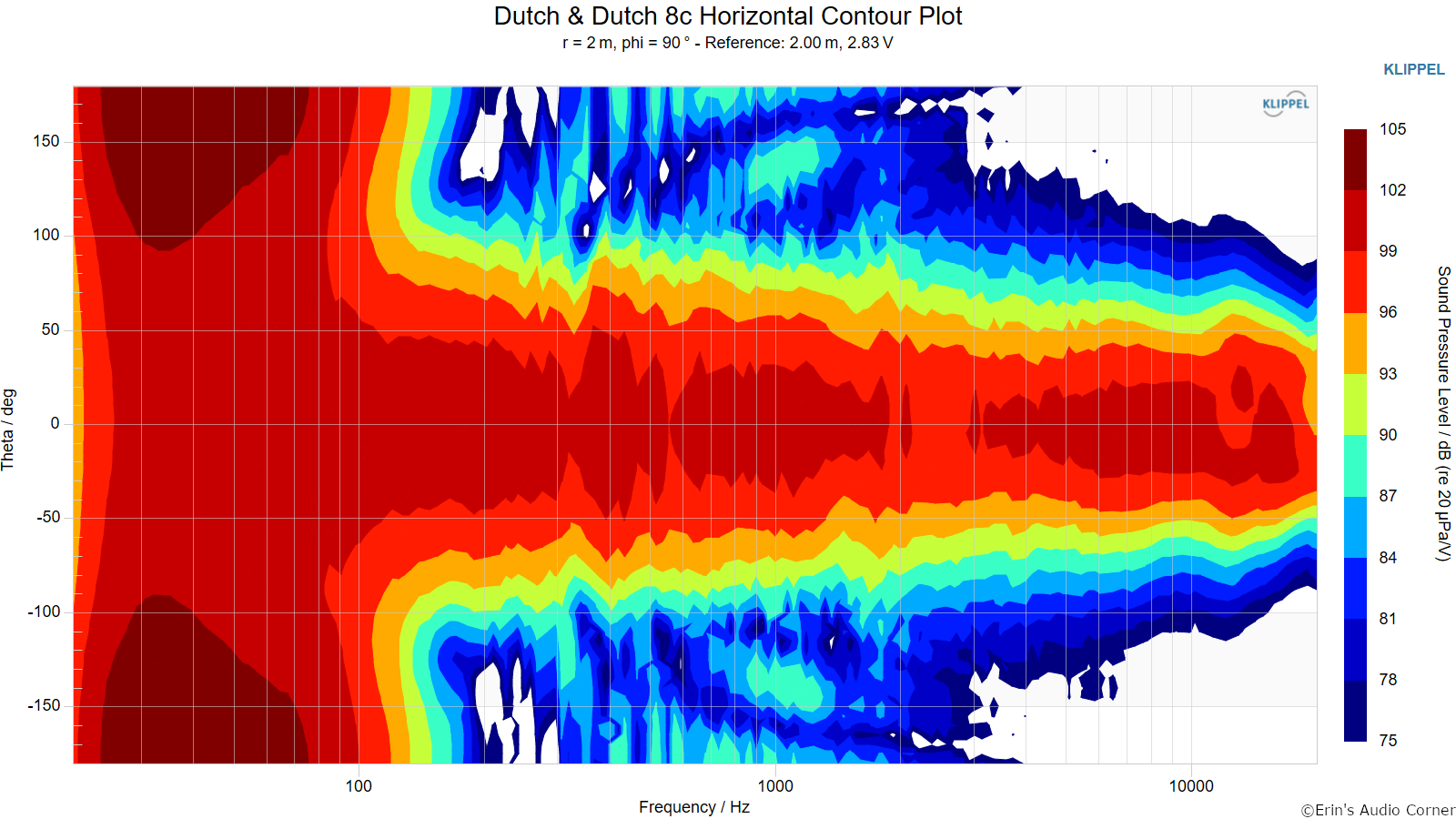If the DutchDutch "sounds excellent" despite these THD numbers, how relevant is the general THD/SINAD focus of this forum?
Imo, it's just very different evaluating speakers to other components. For amps/dacs/etc, sinad and stuff is useful because you know you're getting your money's worth, and interpreting the data is usually simpler. Better SINAD is better. More importantly, it seemed to be the initial goal was largely to help stop people being ripped off by poorly performing products with high costs.
For speakers, there are too many other factors, and both FR and directivity are much more important than distortion. To the point where I very often feel distortion measurements in speaker evaluations actually distract more than they contribute.
-------------
(Separating this because I don't mean this as a reply to sigbergaudio

)
A lovely snippet from Dr Toole's book for those who haven't read it, one I've bookmarked for all those times I'm tempted to blame something on distortion that is more easily explained by directivity or FR(emphasis mine):
"Contributing to the mismatch between perception and measurement is the fact that such a technical measurement totally ignores masking. Included in the numbers generated by the measurements are distortion components that are partially or completely masked. Some of what is measured is inaudible. The numbers are wrong.
The result of this is that traditional measures of harmonic or intermodulation distortion are almost meaningless. They do not quantify distortion in a way that can, with any reliability, predict a human response to it while listening to music or movies. They do not correlate because they ignore any characteristics of the human receptor, itself an outrageously non-linear device. The excessive simplicity of the signals also remains a problem. Music and movies offer an infinite variety of input signals and therefore an infinite variety of distorted outputs. The only meaningful target for conventional distortion metrics is “zero.” Above that, somebody, sometime, listening to something, may be aware of distortion, but we cannot define it in advance."
He does then goes on to describe an "extremely rare" case where IMD did matter (a coaxial speaker), which was identified thanks to a listening test. Traditional distortion measurements are not useless for evaluation, but perhaps better suited for identifying an audible problem rather than as a predictive performance metric.
I'm
personally of the opinion that a speaker should aim to lower distortion only insofar as it does not compromise more important design goals -- in this case, creating a relatively compact full range cardioid speaker. Here's part of a post
Martijn Mensink made a couple of years ago when people asked about
soundstage network's distortion results:
Now on to distortion. The 8c is a relatively compact full-range loudspeaker that offers low distortion at normal and somewhat elevated listening levels. At high levels distortion can become audible on some program material. This is the price we choose to pay for a cardioid radiation pattern in a speaker this size. However, 96 dB at one meter at a single frequency from a single speaker is very loud. In practice, in rooms with some reflections a pair of 8c’s can be played quite loudly and they do actually sound clean at quite high levels. But if you’re into very loud music, they certainly have their limits.
So yeah, they're not the best for uber loud listening, but that was a sacrifice they knew they were making. Imo, a very worthwhile one.



